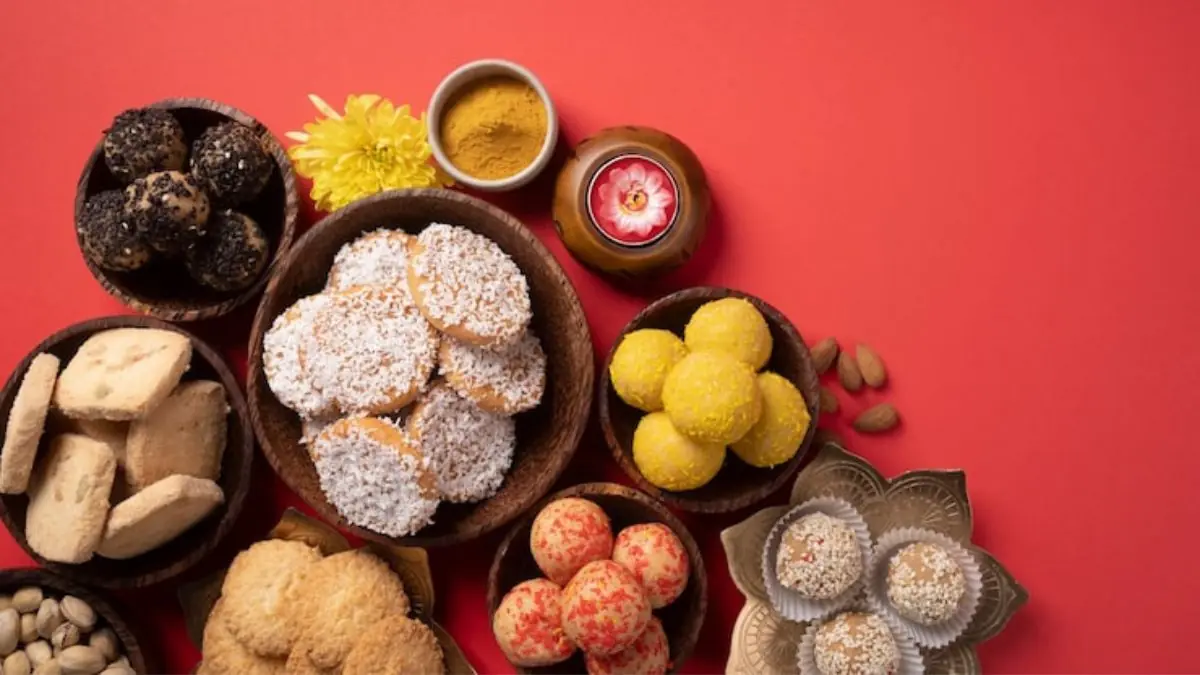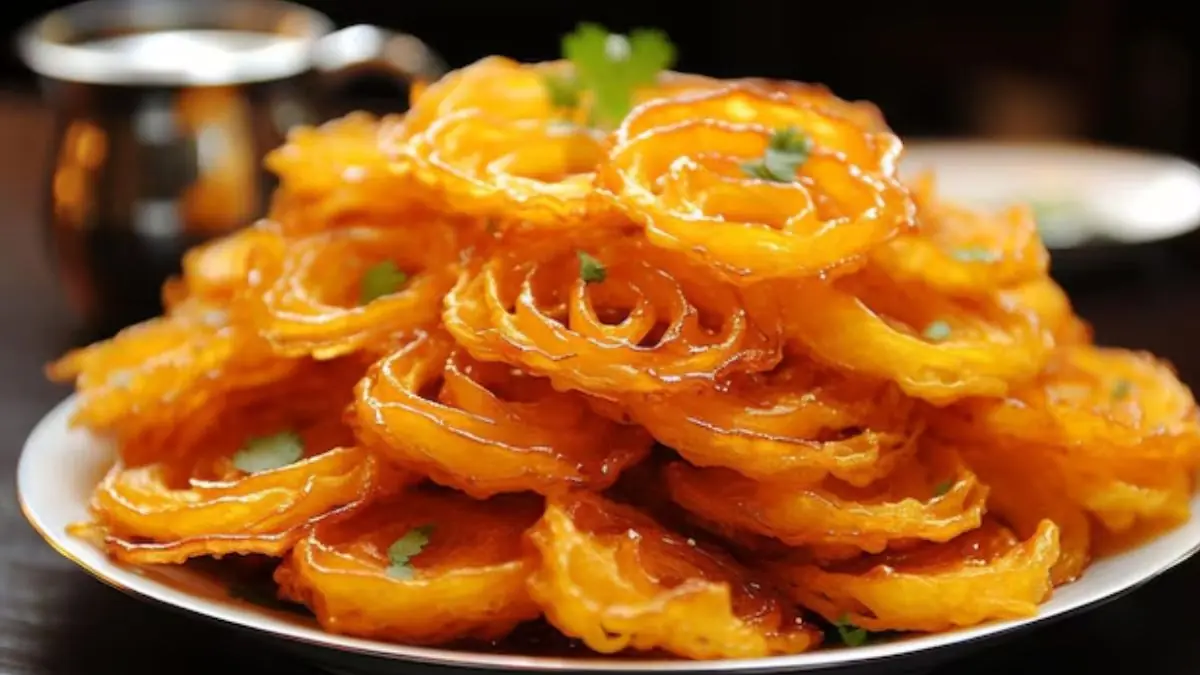9 Satvik Recipes To Celebrate Each Day Of Navratri
9 Satvik Recipes To Celebrate Each Day Of Navratri
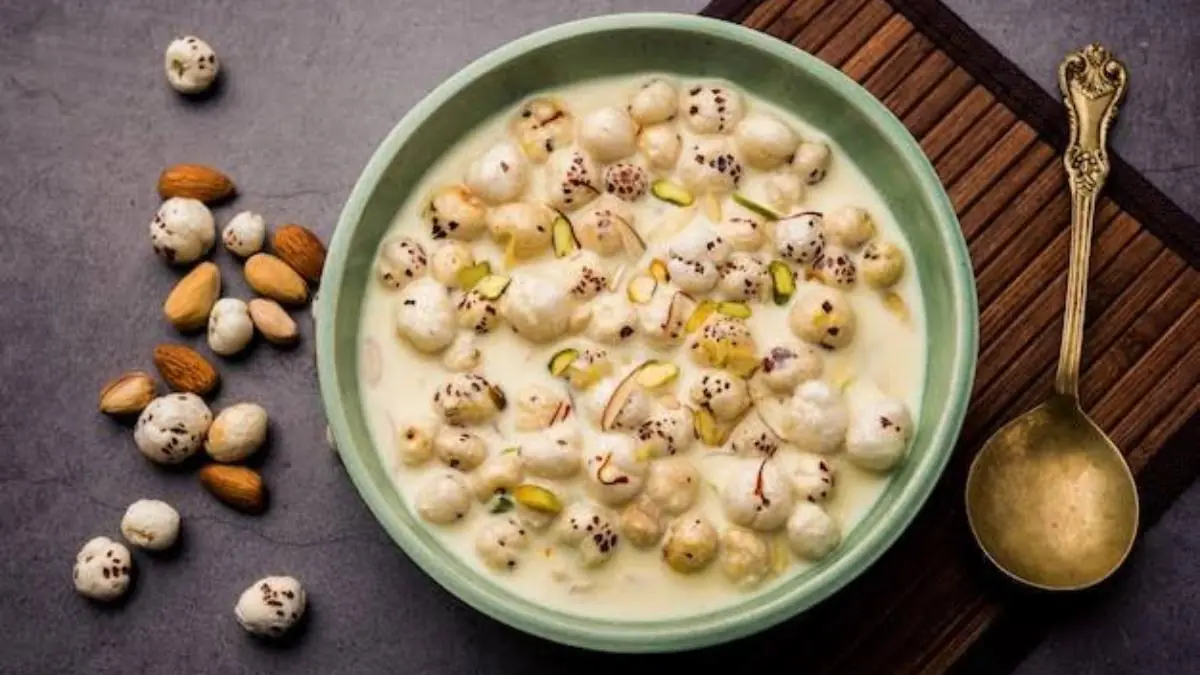
Navratri is a major festival in India where many families prepare food that follows Satvik traditions. These recipes focus on natural ingredients, fresh produce, and simple cooking methods that are suitable for fasting. Each day of Navratri can be marked with a different Satvik recipe, offering variety while staying true to the rules of vrat-friendly cooking.
Navratri holds deep cultural and spiritual meaning for millions of people in India. During these nine days, many observe fasts and follow specific dietary rules that avoid grains, onions, garlic, and heavily processed foods. The practice of preparing Satvik food during this period is rooted in the idea of purity and balance. Satvik cooking uses ingredients like buckwheat flour, water chestnut flour, sabudana, potatoes, milk, yoghurt, fresh fruits, and a few permitted spices such as cumin, black pepper, rock salt, and green chillies. The meals are light, wholesome, and easy to digest, making them suitable for those who fast and also appealing to anyone who prefers simple vegetarian food. Here are nine Satvik recipes that can be prepared during Navratri, one for each day of the celebration.
1. Sabudana Khichdi
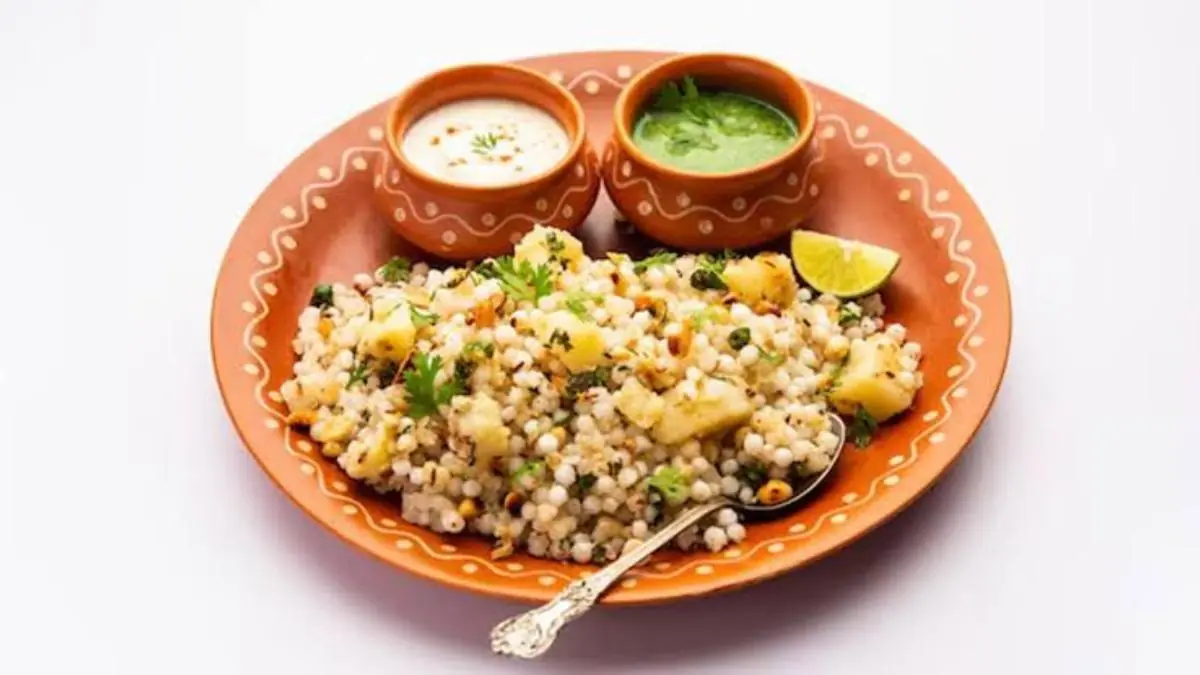
Sabudana khichdi is a staple for fasting days and is especially popular in Maharashtra and Gujarat. The preparation starts with soaking sabudana overnight so that it becomes soft and fluffy when cooked. The pearls are tossed with boiled potatoes, roasted peanuts, cumin seeds, green chillies, and rock salt. A light squeeze of lemon juice at the end balances the flavours. Many people prefer to eat it in the morning as it keeps them energetic for long hours of prayer and activity. Some add grated coconut or chopped coriander as garnish, which gives a fresher taste.
2. Kuttu Ki Puri
Buckwheat flour is one of the most commonly used flours during Navratri. It is gluten-free, so boiled potatoes or a little singhara flour are often mixed into the dough to provide binding. The puris are rolled out carefully as the dough can break easily, then deep-fried until crisp. Kuttu puris are usually paired with aloo tamatar ki sabzi, curd, or even plain yoghurt. In many homes, these puris are prepared on Ashtami or Navami when young girls are invited for Kanya Pujan.
3. Singhare Ke Pakode
Singhara flour is made from water chestnuts and is another important fasting ingredient. Pakoras made with this flour are light and crisp, and are prepared by combining the flour with mashed boiled potatoes, green chillies, and rock salt to form a thick batter. Small portions are dropped into hot oil and fried until golden. In Gujarat, some families prepare these pakoras along with farali chutney made of coconut, coriander, and peanuts. The dish is enjoyed in the evening when people return home after visiting temples or participating in garba.
4. Aloo Tamatar Ki Sabzi

Potatoes and tomatoes are among the few vegetables that are accepted during fasting days, and together they make one of the most common vrat curries. A simple preparation begins with boiling potatoes, then cooking them with tomatoes, cumin seeds, rock salt, and green chillies. The curry is simmered until slightly thick and is then served hot with kuttu puris or samak rice. In many North Indian households, this is the first dish prepared when Navratri begins, as it is both filling and easy to digest. Some people prefer to keep the curry watery while others reduce it more to pair with puris.
5. Samak Rice Pulao
Samak rice, also known as moraiyo or barnyard millet, is widely used in Gujarati homes during Navratri fasts. It is a small millet grain that cooks quickly and resembles rice in texture, making it an excellent replacement for regular rice. A pulao made with samak rice often includes diced potatoes, carrots, or bottle gourd, along with cumin, black pepper, and roasted peanuts. It is served with curd or a simple kadhi made with buttermilk and rock salt. In Gujarat, moraiyo khichdi is also prepared in a similar way, with slightly more water, giving it a softer consistency. This grain is high in fibre and provides lasting energy throughout the day.
6. Sabudana Vada
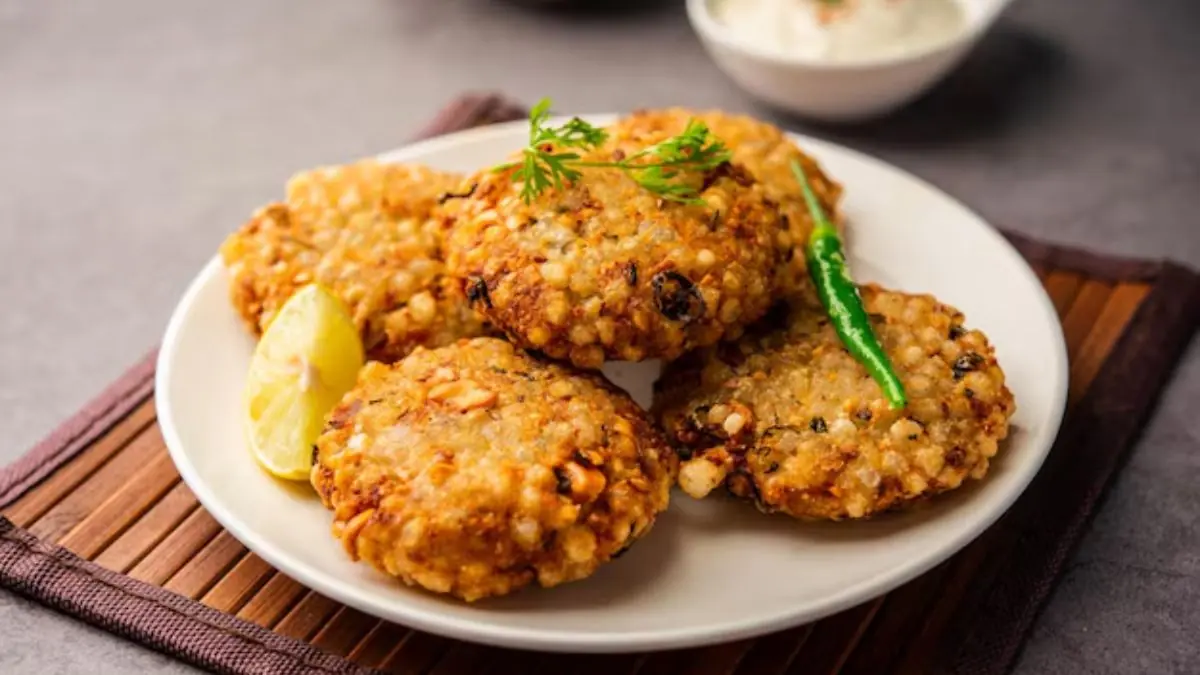
Sabudana vada is another favourite, especially during the evenings when families gather after prayers. The vada mixture is made with soaked sabudana, boiled potatoes, roasted peanuts, cumin, and green chillies. The mixture is shaped into round patties and deep-fried until crisp. They are crunchy on the outside and soft on the inside, and are best eaten hot with coconut chutney. In Maharashtra, sabudana vadas are also offered as prasad in temples during Navratri. Since they are fried, they are heavier than khichdi, so many people prefer them in the evening or on days when fasting is less strict.
7. Lauki Halwa
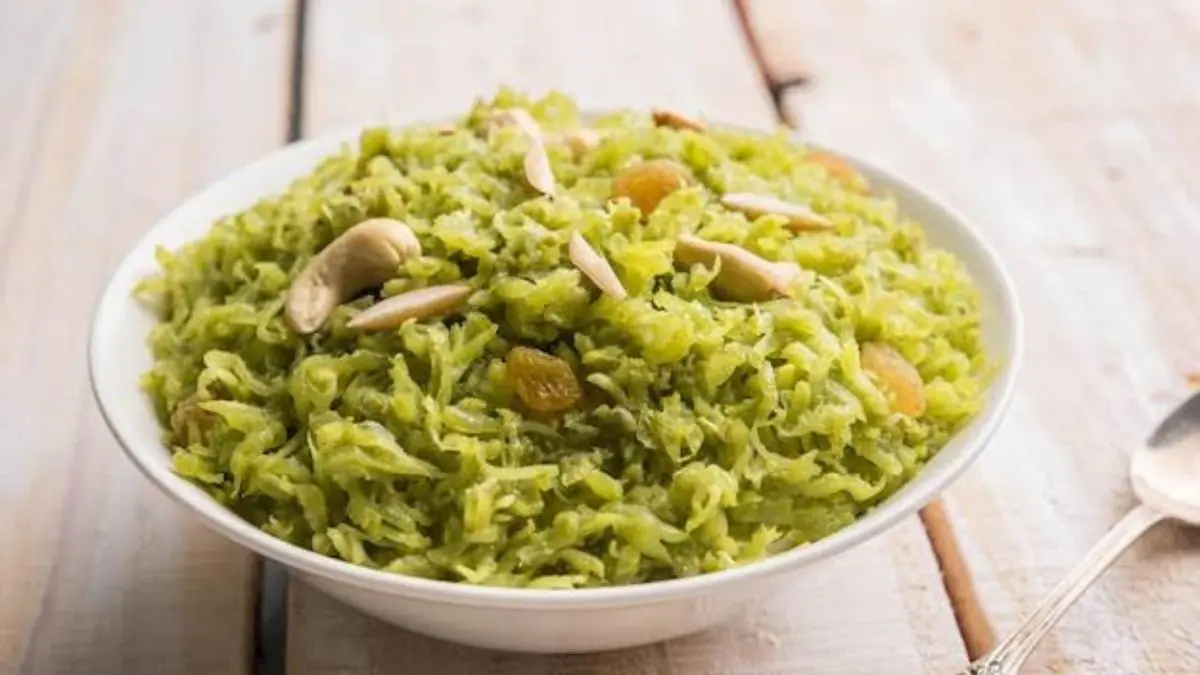
Bottle gourd, or dudhi, is grated and cooked slowly with milk and ghee until soft. Sugar is added, and the mixture is cooked down until it becomes thick and rich. Cashews, almonds, and raisins are often added for flavour. In Gujarat, dudhi is considered a cooling vegetable, and dudhi halwa is prepared not only in Navratri but also during other vrat periods like Ekadashi. The dish is simple yet requires patience, as the milk must reduce and mix well with the lauki. It is served warm and often marks a festive touch to the otherwise plain vrat meals.
8. Rajgira Paratha
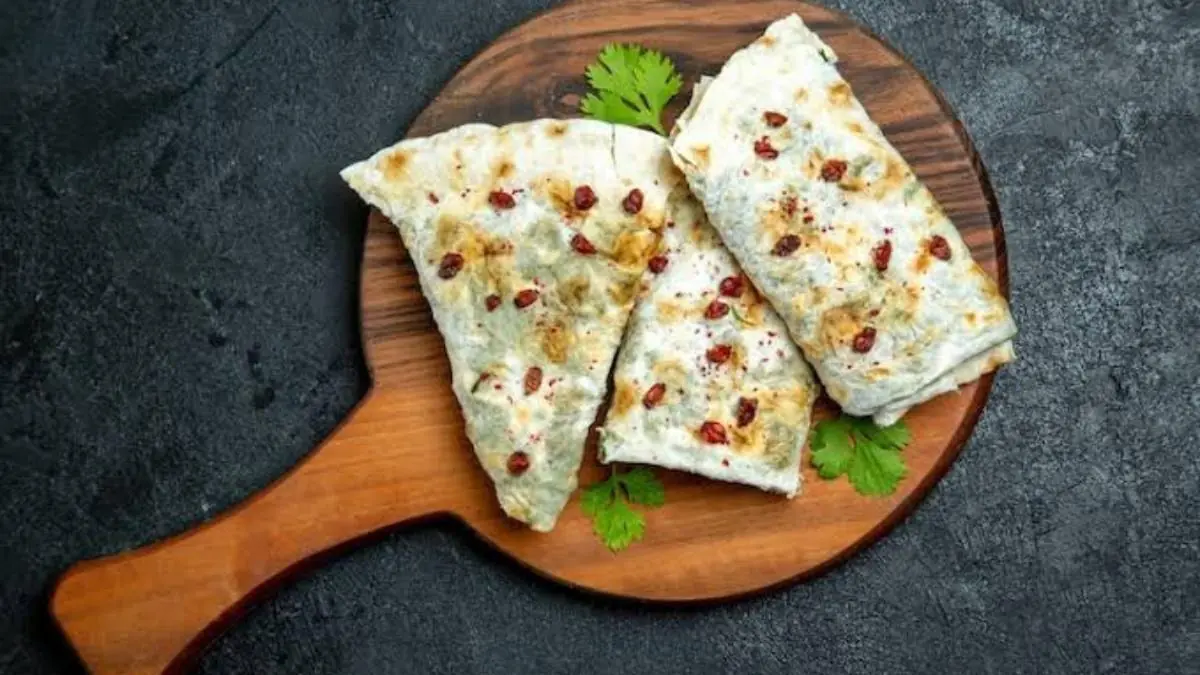
Rajgira flour, made from amaranth seeds, is another important ingredient in fasting recipes. To prepare parathas, the flour is kneaded with boiled potatoes and a little ghee to form a soft dough. The dough is rolled into parathas and cooked on a hot tawa with ghee until golden. These parathas are served with curd, pickle, or chutney. In some Gujarati households, rajgira muthia is also made by steaming small dumplings of rajgira flour mixed with grated dudhi, which is a lighter preparation. Rajgira is rich in iron and calcium, making these dishes nutritious as well as filling.
9. Makhana Kheer
Makhana, or fox nuts, are roasted in ghee and then cooked in milk until soft. Sugar is added, along with cardamom for flavour, and the mixture is reduced to form a creamy kheer. Some families add almonds, cashews, and saffron for a festive touch. In Gujarat, roasted makhana is also eaten plain as a snack during fasting hours. Makhana kheer is a common offering to deities during Navratri as it is considered pure and Satvik. It is usually prepared on the last day of the festival or for Ashtami when special prayers are performed.




